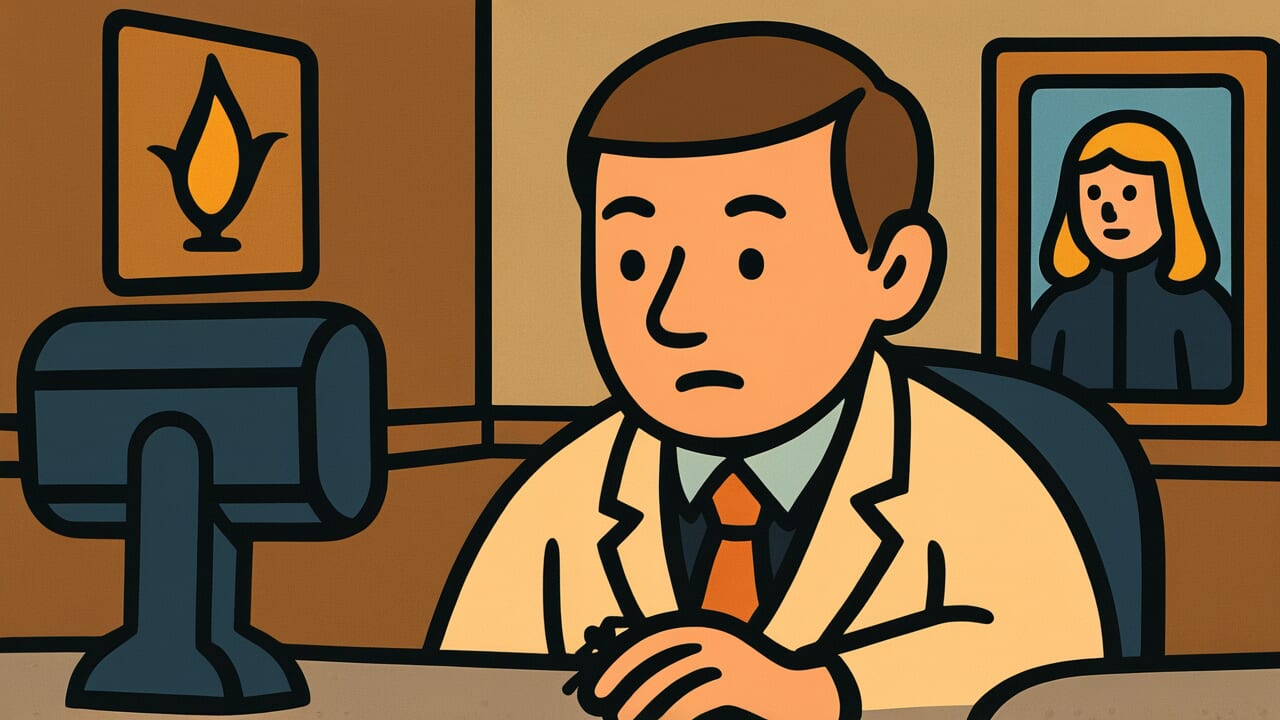How to Read “A wise person does not see danger”
Kenjin wa ayauki wo mizu
Meaning of “A wise person does not see danger”
“A wise person does not see danger” means that truly wise people don’t approach dangerous situations in the first place. They protect themselves through avoidance.
The word “see” here doesn’t simply mean “look at.” It means “not getting involved with” or “not approaching” dangerous places or situations.
This proverb teaches that true wisdom isn’t about handling danger after you face it. It’s about having the foresight to detect and avoid danger beforehand.
People use this saying when warning someone against reckless behavior. It’s also used to affirm a decision to avoid high-risk choices.
Today, we often confuse courage with recklessness. This proverb clearly distinguishes between the two.
Wise people have the caution to choose safe paths and avoid unnecessary dangers. This isn’t cowardice. It’s calm judgment and the wisdom of self-preservation.
Origin and Etymology
The exact origin of this proverb isn’t clearly documented. However, it likely formed in Japan under the influence of Chinese classical thought, especially Confucianism and Taoism.
The word “wise person” itself is a concept frequently used in Chinese classics to describe an ideal human character.
“Danger” is an old Japanese word referring to dangerous or unstable situations. “Does not see” doesn’t mean “doesn’t look at” in modern Japanese.
It includes the meaning of “doesn’t approach” or “doesn’t get involved.” In classical usage, the verb “to see” meant more than visual recognition.
It also meant approaching and engaging with the object.
The philosophy behind this proverb is about preventive wisdom. Truly wise people detect danger in advance and never put themselves in such situations.
This thinking connects to a similar proverb: “A noble person does not approach danger.” It distinguishes courage from recklessness and reflects an Eastern worldview that values caution as a virtue.
In Japan, this idea also connected with the spirit of bushido. True strength lies in the judgment to avoid unnecessary danger. This value has been passed down through generations.
Usage Examples
- I turned down that investment offer because it seemed suspicious. A wise person does not see danger, after all.
- He didn’t accept the dangerous job, and that was the right decision. A wise person does not see danger.
Universal Wisdom
The proverb “A wise person does not see danger” has been passed down for generations. It contains deep insight into the relationship between human survival instinct and intelligence.
Humans naturally try to avoid danger and survive. But at the same time, we have a contradictory nature.
Curiosity, ambition, or expectations from others can make us jump into dangerous situations. The desire to show courage, prove our abilities, or not miss opportunities can cloud our calm judgment.
The universal truth this proverb reveals is that true intelligence is crisis management ability. Wisdom isn’t just the power to overcome difficult situations.
It also includes the foresight and self-control to avoid getting into those situations in the first place.
Many people praise the bravery of facing danger. But our ancestors saw something more valuable. They recognized that the caution to avoid danger beforehand is the true wisdom for survival.
In life, not every challenge is worthwhile. The judgment to distinguish between unnecessary risks and necessary challenges is the key to living a long, rich life.
This proverb continues to convey this essential human survival strategy in simple words.
When AI Hears This
When you view a wise person’s behavior of not approaching dangerous places through information theory, a surprising fact emerges.
In information theory, the level of uncertainty is expressed as a numerical value called “entropy.”
For example, a game of guessing heads or tails in a coin flip has an entropy of 1 bit. In other words, you need 1 bit of information to know the result.
What’s important here is that the difference between a wise person and an ordinary person isn’t “predictive ability.” It’s the “amount of information they have in advance.”
Imagine there’s a dangerous bridge. An ordinary person has no information about the bridge’s condition. They face high entropy—complete uncertainty about whether it’s safe to cross.
A wise person, however, has collected data on the bridge’s deterioration, past accident records, and weather conditions beforehand. This information gathering dramatically reduces entropy. The danger becomes visible as numerical values.
Shannon, the founder of information theory, proved that obtaining information reduces uncertainty. A wise person can avoid danger not through “the ability to sense invisible danger.”
It’s the result of “diligently collecting information that others neglect.”
Modern big data analysis follows the same principle. Systems that detect accident warning signs from massive data are reducing entropy through information to avoid danger.
The wisdom of the wise person was actually an extremely scientific information strategy.
Lessons for Today
What this proverb teaches you today is that courage and recklessness are different things.
When you see someone praised on social media for a dangerous challenge, you might feel pressured to do something bold too.
But true wisdom lies in the calmness to identify and avoid unnecessary risks.
Modern society hides various “dangers”—investment scams, exploitative companies, toxic relationships. Getting out after being caught up in these requires tremendous effort.
That’s why the judgment to not approach them in the first place is so important.
You might worry about “missing opportunities.” However, cultivating the eye to distinguish true opportunities from dangerous temptations is the secret to living a long, rich life.
Just because others are jumping in doesn’t mean you need to jump too.
Have the courage to stop and think. Avoiding danger isn’t cowardice. It’s the wisdom of valuing yourself.
Only your own careful judgment can protect your life.



Comments